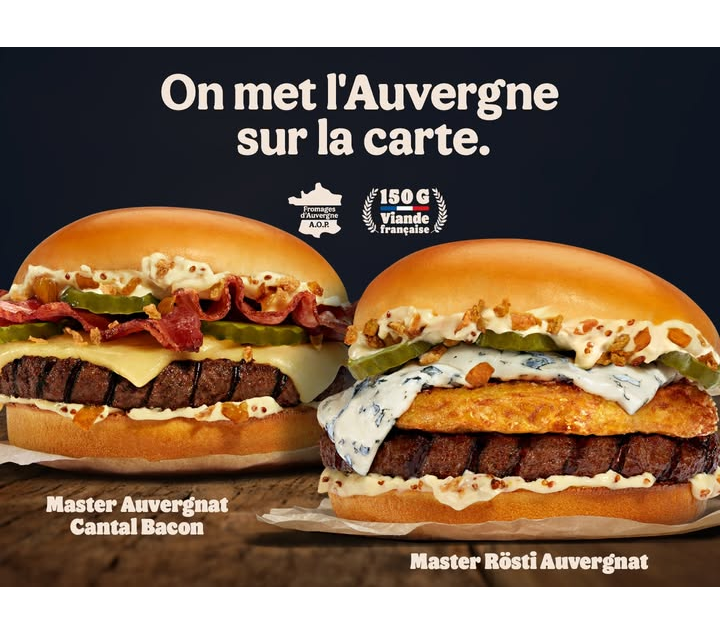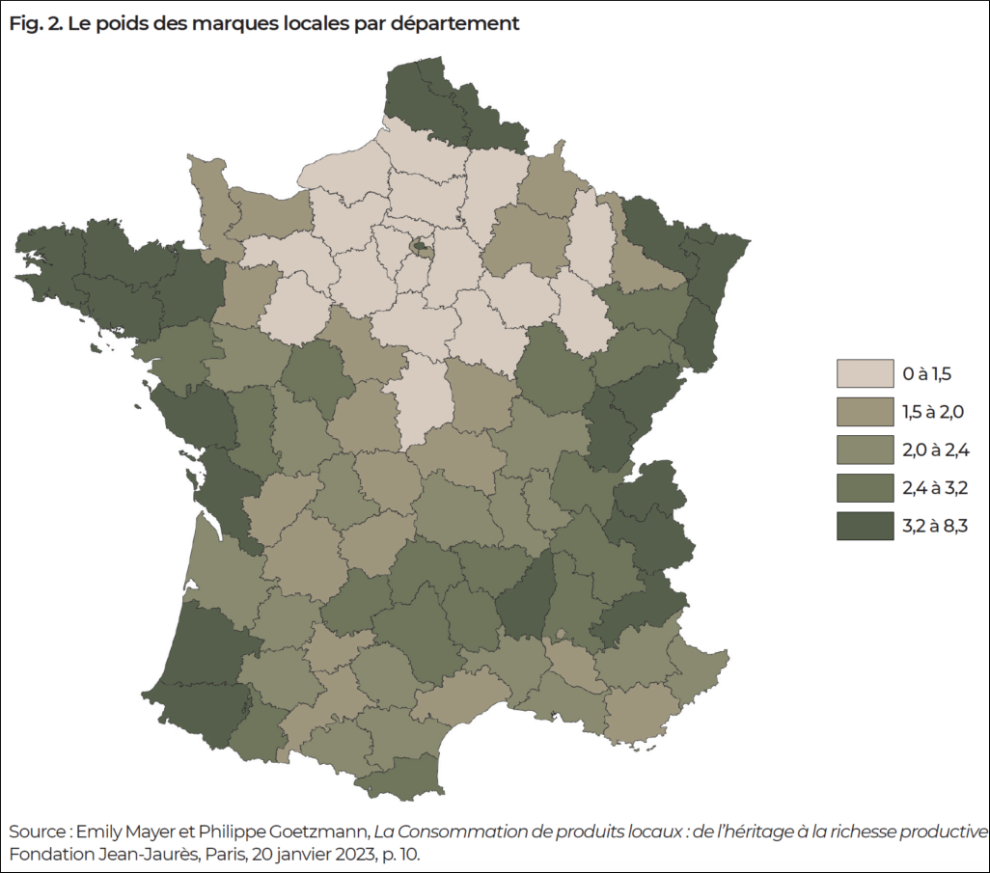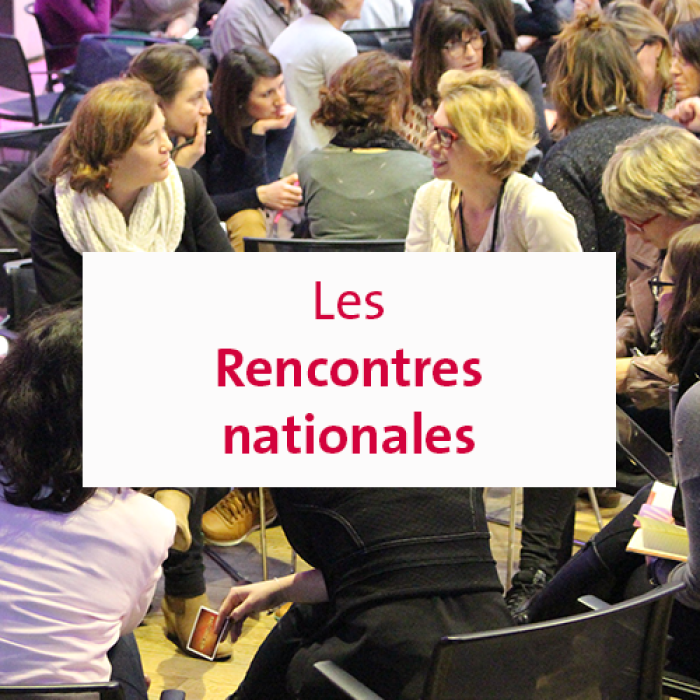
When commercial brands create imaginary worlds
On one hand, local authorities construct place branding strategies to leverage their attractiveness and the feeling of belonging to their territory. On the other hand, commercial brands construct a locally-based imaginary world, using advertising approaches that, in recent years, have latched onto the “local” factor. Shouldn’t we be factoring in these imaginary worlds put out by the brands?
Place branding has become much more than a mere promotional tool. It produces meaning and constructs a local identity. It creates a feeling of belonging to a territory that is among these residents’ many potential identity referents.
But it is obviously not the only one in this construction. The cinema, television, literature, photography, etc. play a role in the territorial imagination. And, increasingly, commercial brands are also becoming one of the instances of the territorial imagination. Because, over the last few years, they have been making a noticeable return to the “local” field. Their discourses, their imaginary worlds, their graphic universes are influencing the way residents imagine the reality of such or such a territory.
Brands’ territorial turning point
This is the theory put forward by the Terram institute, a collegial and multidisciplinary think tank devoted to studying the territories, and by the Jean-Jaurès Foundation. The study “L’imaginaire territorial des marques”, conducted by Raphaël Llorca, codirector of the Jean-Jaurès Foundation’s observatory of brands and the representations of consumption and politics, examines the way in which commercial brands contribute to reconfiguring the representation of certain territories. The study’s analysis is that “From major retailers to insurance companies, from banks to the public service, from fast-food chains to chauffeur-driven car services, the local aspect has been recognised as one of the communication fields most used in advertising, all sectors combined, with the result that we can speak of “brands’ territorial turning point”. This territorial turning point is a response to consumer demand for proximity. More importantly, though, by instrumentalising the local aspect, it cloaks disputed practices and locates the brand so that it “becomes a place”, whereas globalisation changes the major brands into “non-places”.
Over and above their obviously commercial nature, the imaginary worlds secreted by the brands have sociopolitical effects. But not all brands produce the same imaginary worlds, nor the same types of imaginary world. There are different types of imaginary worlds that serve different commercial objectives: create a distraction, question reality, keep traditions alive or reshape reality.
The appropriation of existing imaginary worlds
The first observation made by this study is that the imaginary worlds proposed by commercial brands are based on existing imaginary worlds. Most of the time, the majority of them are content to recycle available imaginary worlds that confirm the public’s level of expectations. To this end, brands use the public communication and the market position constructed by the territory.
Second observation: in general, when a brand represents a territory, it reduces it to two or three instantly-recognisable signs. To this end, it reduces the territorial identity conveyed by the public communication and the territory’s market position. For example, a Netflix commercial endeavouring to anchor the platform on the national territory, reduces France to three words: gastronomy, elegance and love!
Third observation: even if brands are on different markets, where the imaginary worlds are concerned, there is no such thing as intersectoral boundaries. The notion of sector or industry has little importance. What emerges through all of the brands present in a territory is the new imaginal market that they are co-constructing, with each one leaning on the other.
Two marketing strategies can, however, coexist for brands:
- the so-called “made in” strategy focuses on the product’s origin, tries to manipulate the cultural images of the territory in order to assign a specific local feature to its offer;
- the other, so-called “culturalist” strategy, tries to embed the brand in the local culture so that, for the consumer, it becomes a feature that expresses its local identity.
Final observation: the brands’ territorial imaginary world organises a form of symbolic blockage. By over-representing “atemporal images” that match the identity of such or such a territory, brands lock the territory into set representations. Which doesn’t mean that they are necessarily false or backward-looking, but they prevent people from seeing what is changing. Brands’ territorial imagination is conservative. As such, it is often at odds with the public communication and place branding that seek to remove the territory from the clichés that are imprisoning it, and display the energy and drive of a territory looking to the future.
Deterritorialised brands
The study entitled “L’imaginaire territorial des marques” also notes that certain brands have gone from a strong territorial bond to a deterritorialised brand. This deconstruction, just like, on the contrary, brands’ territorial about-turn, is motivated by commercial reasons. The example given is that of brands of beer that we thought were irrevocably linked to the locality (the Mont-Blanc beer, the Pietra in Corsica, etc.). Certain breweries broke free from their local storytelling and set off to conquer new markets. When the local imaginary world is no longer profitable, it is soon cast aside.
The constitution of a new type of territory
In the final analysis, according to this study, brands are behind the constitution of a new type of territory that corresponds neither to the space lived in, nor an administrative space, but a branded space, in the sense that the brands are thought to have left their mark on it. A local space worked on by an identity taking on the form of products or commercial services. So brands “catch” the notion of territory, seizing a space whatever its size or the administrative or historical borders. They work on endowing it with a real or imagined identity - it doesn’t matter.
At that point, it is possible draw a conclusion from this study on brands’ territorial imaginary world, which has the merit of tackling a question that is not very frequent within the community of public communicators and territorial marketers. Our collective imagination in increasingly shaped by commercial stakeholders. Brands used to be confined to carrying consumption-oriented imaginations, with the idea that happiness could be obtained by buying products or services. However, brands have gradually become the architects of our collective representations. These representations hijack the feeling of belonging to a place, eclipsing the institutional and social scale and turning instead to individual, consumption-oriented concerns.
The proportion of local brands by department
The identity and cultural factor plays an important role in the performance of local consumption. The importance of “local brands”, i.e. brands that generate over 50% of their sales in the same department (as a percentage of the revenue generated by mass consumer goods).





